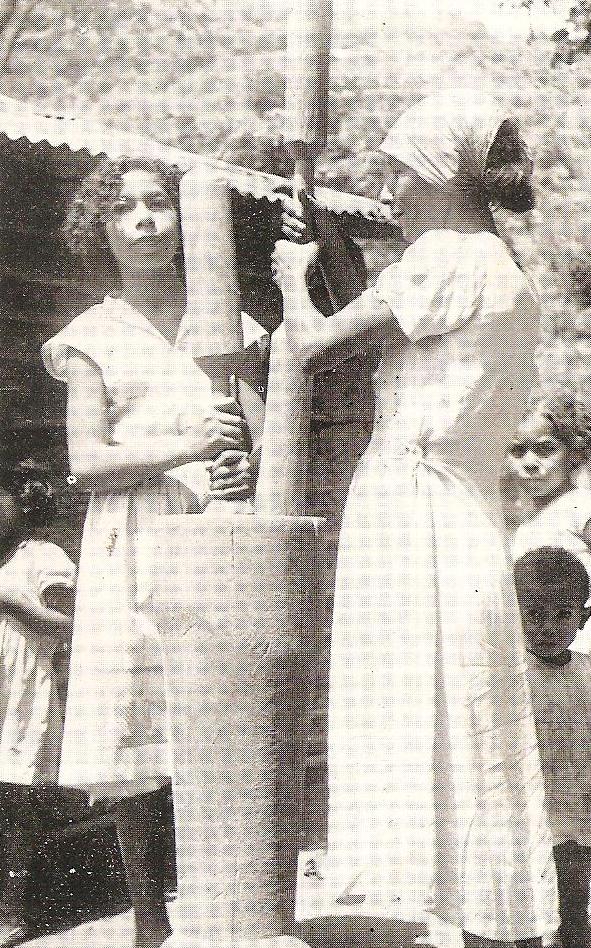What are arepas? And other FAQs

An arepa is a flatbread, made of ground maize dough or pre-cooked maize flour.
It can be cut open to form a pocket and prepared with different types of fillings. It’s a similar concept to a pita.
There are many different versions of arepas (fried, baked, grilled); I focus on the non-fried recipes on this website because that’s how we eat them in Venezuela, where I am from.

Where are they from?
There is no better debate between Colombians and Venezuelans than the answer to this question. But let's stick to common sense, arepas are an originally indigenous food from the northern region of South America and have been ardound since pre-Columbian times.

About its history
The word Arepa comes from the indigenous word ‘erepa' for maize corn.
The Caribs and Cumanagoto tribes in what is today Venezuela / Colombia, used to cook a local crop of white corn and smash it to make a soft dough and then made small patties, cooking them over a fire pit.
Due to its artisanal and rather complex process, which involved smashing the cooked corn with a pilon (pictured here), it remained as an exotic delicacy reserved to the few who loved the art of its making by itself.
It was not until 1960, when an industrial method of cooking the corn was developed, including smashing and dehydrating it in form of flour, that the eating of the arepa spreaded all around the country.

How do you make them?
That's where this website comes in. It is SO easy, but the best part of arepas is that they're gluten-free and healthy.
All you need is arepa flour, water, salt and a grill or a stove.
You HAVE to use pre-cooked cornmeal made for arepas, P.A.N. brand works.
Check out this post for a step by step process.

Can I use the same flour to make Mexican tortillas?
NO!
Do NOT use the same flour to make tortillas, it will not work. Do NOT buy just any corn flour, that will not work.
The right flour is called Harina P.A.N. You can find it Amazon (linked here) or at the local supermarket in it's signature yellow packaging.
